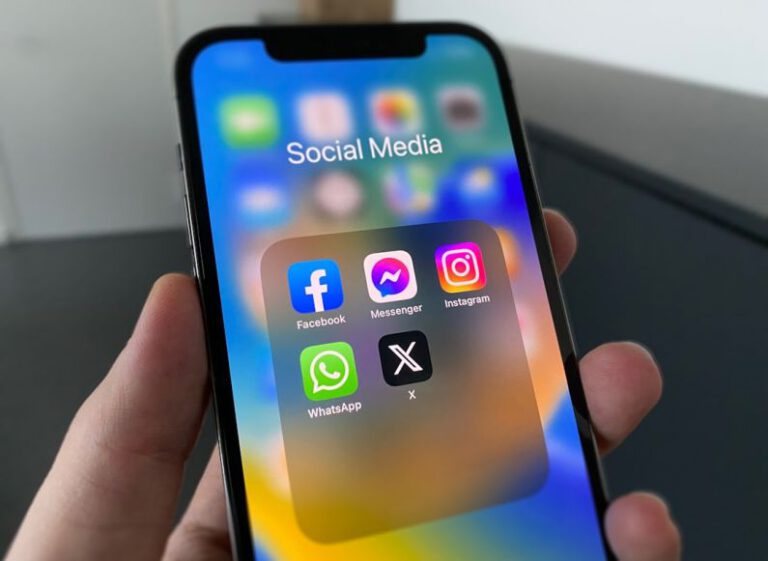What Makes a Logo Memorable and Effective?
A logo is often the first point of contact between a brand and its audience. It serves as a visual representation that communicates a brand’s identity and values. A memorable and effective logo can leave a lasting impression on consumers, helping to build brand recognition and loyalty. But what exactly makes a logo stand out and resonate with people? Let’s delve into the key elements that contribute to making a logo memorable and effective.
**Simplicity is Key**
One of the most fundamental principles of effective logo design is simplicity. A simple logo is easier to recognize, remember, and reproduce across various mediums. Think of iconic logos like Apple, Nike, or McDonald’s – they are all simple, yet instantly recognizable. A cluttered or overly complex logo can confuse the viewer and dilute the brand message. By keeping the design clean and straightforward, a logo can make a strong and immediate impact.
**Distinctiveness Sets You Apart**
In a sea of competing brands, standing out is crucial. A memorable logo should be distinct and unique, setting the brand apart from its competitors. Originality in design can help a logo capture attention and leave a lasting impression on consumers. Whether it’s through the use of color, shape, or typography, a distinctive logo can make a brand more recognizable and memorable in the minds of consumers.
**Relevance to the Brand**
A logo should reflect the essence of the brand it represents. It should encapsulate the brand’s values, personality, and offerings in a visual form. When a logo is relevant to the brand, it helps create a cohesive brand identity that resonates with consumers. For example, the FedEx logo cleverly incorporates an arrow between the “E” and “X,” symbolizing speed and precision, which aligns with the brand’s core values.
**Versatility for Adaptability**
A versatile logo is one that can adapt to various applications and sizes without losing its impact. Whether it’s being displayed on a billboard, a business card, or a digital screen, a logo should remain clear and legible. A flexible logo design allows for scalability and ensures that the brand’s visual identity remains consistent across different platforms and mediums.
**Memorability Makes a Lasting Impression**
The ultimate goal of a logo is to be memorable. A memorable logo is one that sticks in the minds of consumers long after they have seen it. This can be achieved through a combination of simplicity, distinctiveness, and relevance. When a logo is memorable, it helps build brand recognition and recall, leading to increased brand loyalty and trust among consumers.
**Timelessness Endures the Trends**
While it’s essential for a logo to be contemporary and relevant to the times, it’s equally important for it to have a timeless quality. A logo that stands the test of time can maintain its relevance and effectiveness for years to come. Avoiding design fads and trends in favor of a more classic and enduring aesthetic can ensure that a logo remains impactful and relevant in the long run.
**Adaptation to Evolution**
As a brand evolves and grows, its logo may need to evolve as well. A logo that can adapt to changes in the market, consumer preferences, or the brand’s positioning can help maintain its effectiveness over time. Whether it’s a subtle refresh or a complete redesign, the ability to adapt the logo while retaining its core elements can ensure that it continues to resonate with consumers.
**In Summary**
A memorable and effective logo is the cornerstone of a strong brand identity. By focusing on simplicity, distinctiveness, relevance, versatility, memorability, timelessness, and adaptability, a logo can communicate the essence of a brand and leave a lasting impression on consumers. Designing a logo that embodies these key elements can help a brand stand out, build recognition, and forge a lasting connection with its audience.






